What Is Panda Diplomacy & How Does It Work? 🐼
Gifting Pandas Round the World – Welcome to Panda Diplomacy
Yes, the idea of panda diplomacy (熊猫外交: xióngmāo wàijiāo) might sound a little crazy but in actual fact the Chinese government have been using pandas as political tools since the 1950s!
In short, it is the practice of gifting pandas to countries to help foster ties
Panda Diplomacy: Facts about Pandas
Panda Diplomacy: Brief History
Panda Diplomacy: The Price
Panda Diplomacy: The Famous Story of Bao Bao
Panda Diplomacy: The Future for Pandas
Panda Diplomacy: FAQ’s
Facts about Pandas
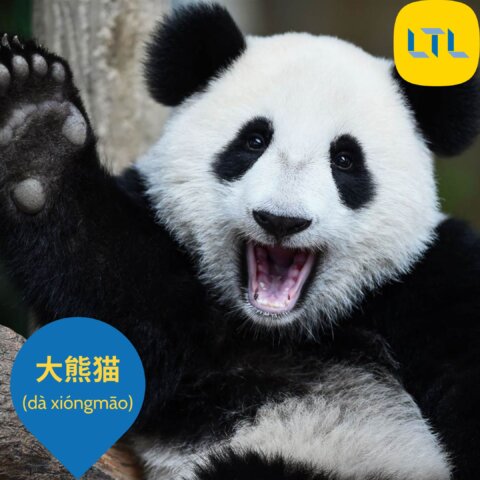
- Giant Pandas or literally “large bear cats” (大熊猫 dà xióngmāo) are China’s ‘national treasure’
- They spend over 12 hours eating each day and sleep for over 10 hours each day! (who doesn’t love a good nap!)
- Pandas are the most expensive animal to keep in captivity
- Wild pandas can now only be found in Sichuan, Shaanxi and Gansu provinces
- Pandas are a symbol of peace, in ancient China warring tribes would fly a panda flag to call a truce
Brief History of Panda Diplomacy
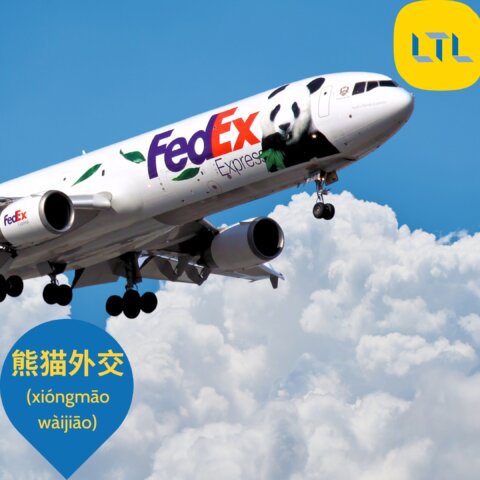
The cute and chubby pandas are more than just a ‘mascot’ for China.
They are similar to the Royal Family in the United Kingdom, they represent a way to foster ‘soft power’ used to develop China’s global diplomatic relations.
It is hard to pin-point when this exactly started, but it apparently dates back to 685 AD!
It is said that Empress Wu Zetian of the Tang dynasty presented a pair of bears to the neighboring country Japan.
Here’s a small timeline that gives you an idea of the development of this practice throughout modern history!
- 1940-1950’s
- In 1941, in order to thank the US for wartime aid in fighting the occupying Japanese, a pair of pandas were presented
- Chairman Mao Zedong continued this practice by giving pandas to favoured allies such as North Korea and the Soviet Union
- 1972 – 1984
- When China started to open up economically, more pandas were sent to the west as gifts including countries such the UK, Germany and Japan!
- For example, in the US President, Richard Nixon secured a pair of giant pandas
- 1984 – 1998
- Coinciding with China’s “open door policy”, as a way to develop foreign investment, the panda gifts transformed into loans and were based around financial transactions
- After the animals became endangered, they started to give pandas as loans in an effort to continue conserving the pandas in the wild
- 2008 – Present:
- Recently, these loans have been based on mutual need where nations supply China with valuable resources and technology
The Price of Panda Diplomacy
How much do these zoo’s have to pay to loan a cute fluffy panda? Can you guess?
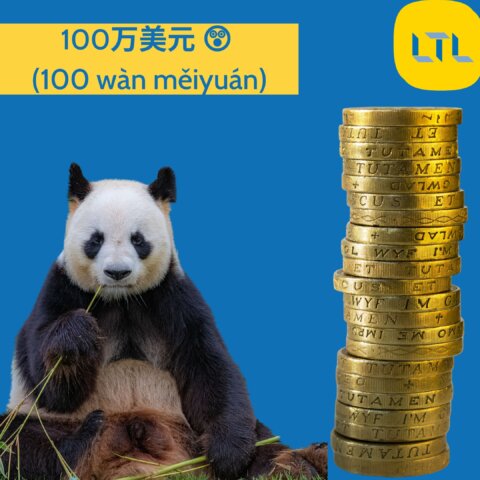
The receiving zoos pay $1 million, per panda, each year in fees!!
As these loans normally last 10-15 years, this is a hefty amount of money to pay!
Apart from the annual $1m annual fee the foreign zoos and governments must build special enclosures with elaborate facilities, pay for experts from China to oversee the bears and to feed them with large amounts of bamboo!
Fact: Berlin’s Tierpark Zoo spent roughly $10 million to build the new enclosures
The Famous Story of Bao Bao
This is Bao Bao. She was born in 2013 at the National Zoo in Washington, DC.
This is her celebrating her first birthday, the cake was made out of frozen fruits and sweet potatoes – mmm tasty!
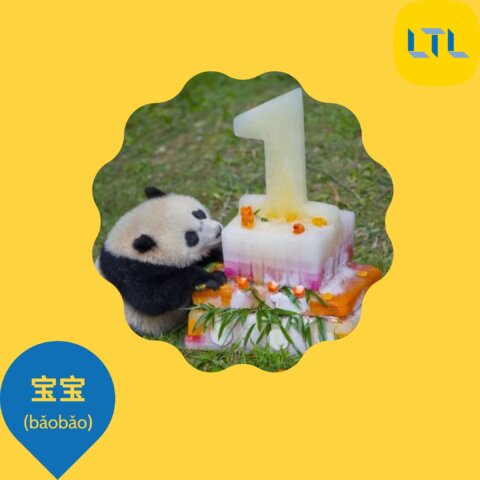
On her first birthday Bao Bao had a ‘modified’ traditional Chinese celebration, called 抓週 (Zhuā zhōu).
This ceremony is often performed on a child’s first birthday.
During the ceremony, symbolic objects are placed in front of the baby and the item that the baby reaches for first foretells something about his or her future.
For Bao Bao, this was of course slightly modified!
The Zookeepers placed three posters, each painted with a different symbol:
- Peaches signifying longevity
- Bamboo meaning good health
- Pomegranates representing fertility
Can you guess which symbol Bao Bao reached for? – Bao Bao chose longevity and this means that she will live a long life as an ambassador for panda conservation.
This cute cub is a good illustration of panda diplomacy. In 2000, China loaned Bao’s Bao’s parents to the US, Mei Xiang and Tian Tian.
It was agreed between China and the US, that their offspring would return to China by the time that they turned 4.
Fact: if a cub is born, zoos pay an extra “cub tax” of $400,000!
Throughout her time in the United States, Bao Bao has been a major attraction at the zoo and many fans were sad to see her leave and return to China’s breeding facility in Chengdu.
The Future for Pandas
The future of panda diplomacy depends on China’s relations around the globe.
In actual fact, not everyone is in favour of this practice because it has become very expensive to oversee and maintain.
Indeed, some European diplomats have expressed the view that it is not worth the hassle!
But above all, we need to continue to fight for panda’s survival in the wild. And so far it seems that China’s hard work has paid off.
As of 2016, the International Union for Conservation of Nature (IUCN), the global authority on endangered species, officially downgraded the panda from endangered to vulnerable.
In short, this integrated approach shows that conservation efforts are working and it provides hope for the other world’s endangered species.
Panda Diplomacy – FAQ’s
Where can I go to see the pandas?
One of the most popular places to see the pandas is in Sichuan’s capital, Chengdu, at the Chengdu Giant Panda Breeding Center
Did you know LTL has a school in this city! Why not study Chinese and visit the panda’s at the same time!
Other places to go to and see the pandas are; Dujiangyan Panda Base 1½ hours from Chengdu, Wolong Panda Center 3 hours from Chengdu, Beijing Zoo in Beijing and lastly Ocean Park in Hong Kong
How many pandas are there outside of China?
Apparently, as of 2017 there are roughy 70 giant pandas outside mainland China
How many panda reserves are there in the world?
There are 67 panda reserves worldwide.
Do I have any pandas in my country?
That depends! There are panda’s in Australia, Austria, Canada, Belgium, Germany, Hong Kong, Japan, Scotland.
Are you lucky enough to be in one of those places?
How long do pandas live for?
They have an estimated lifespan of 15 to 20 years in the wild, but a lifespan of 25 to 35 years if they live in captivity!
How much bamboo do they eat each day?
They eat a whopping 20 to 40 pounds of bamboo each day!
Want more from LTL?
If you wish to hear more from LTL Mandarin School why not join our mailing list.
We give plenty of handy information on learning Chinese, useful apps to learn the language and everything going on at our LTL schools! Sign up below and become part of our ever growing community!

 Hi, my name is Mojca. I am from Slovenia in Europe and I work as a student advisor at our Beihai school.
Hi, my name is Mojca. I am from Slovenia in Europe and I work as a student advisor at our Beihai school.

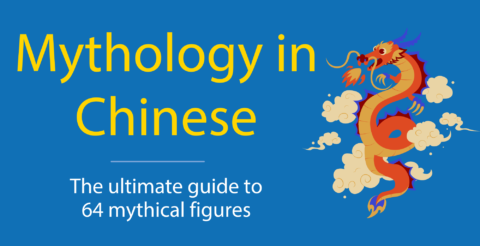
4 comments
What cute pandas! Do you know if there any Pandas in Germany?
Yes your in luck! There are pandas in Germany in Berlin’s Zoo.
LTL
Great read, love the Panda lads
Thanks Samuel, who doesn’t love a Panda